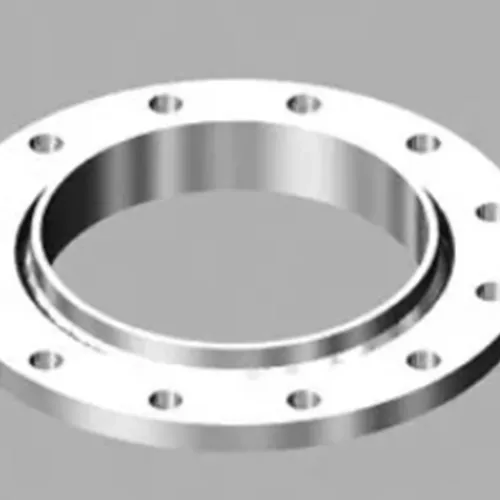-
Cangzhou Yulong Steel Co., Ltd.
-
Phone:
+86 13303177267 -
Email:
admin@ylsteelfittings.com
- English
- Arabic
- Italian
- Spanish
- Portuguese
- German
- kazakh
- Persian
- Greek
- French
- Russian
- Polish
- Thai
- Indonesian
- Vietnamese
- Zulu
- Korean
- Uzbek
- Hindi
- Serbian
- Malay
- Ukrainian
- Gujarati
- Haitian Creole
- hausa
- hawaiian
- Hebrew
- Miao
- Hungarian
- Icelandic
- igbo
- irish
- Japanese
- Javanese
- Kannada
- Khmer
- Rwandese
- Afrikaans
- Albanian
- Amharic
- Armenian
- Azerbaijani
- Basque
- Belarusian
- Bengali
- Bosnian
- Bulgarian
- Catalan
- Cebuano
- China
- China (Taiwan)
- Corsican
- Croatian
- Czech
- Danish
- Esperanto
- Estonian
- Finnish
- Frisian
- Galician
- Georgian
- Kurdish
- Kyrgyz
- Lao
- Latin
- Latvian
- Lithuanian
- Luxembourgish
- Macedonian
- Malgashi
- Malayalam
- Maltese
- Maori
- Marathi
- Mongolian
- Myanmar
- Nepali
- Norwegian
- Norwegian
- Occitan
- Pashto
- Dutch
- Punjabi
- Romanian
- Samoan
- Scottish Gaelic
- Sesotho
- Shona
- Sindhi
- Sinhala
- Slovak
- Slovenian
- Somali
- Sundanese
- Swahili
- Swedish
- Tagalog
- Tajik
- Tamil
- Tatar
- Telugu
- Turkish
- Turkmen
- Urdu
- Uighur
- Welsh
- Bantu
- Yiddish
- Yoruba

Oct . 13, 2024 07:15 Back to list
pipe to pipe weld
Understanding Pipe to Pipe Welding Techniques and Applications
In the world of industrial fabrication, pipe to pipe welding is an essential process that facilitates the joining of two separate pipe sections. This technique is crucial in numerous applications across various sectors, including oil and gas, water supply, and chemical processing. The integrity and reliability of these welds directly impact the efficiency and safety of the systems they serve.
Pipe to pipe welding entails several approaches, depending on the types of materials being joined, the thickness of the pipes, and the environmental conditions. The most common welding methods include Shielded Metal Arc Welding (SMAW), Gas Tungsten Arc Welding (GTAW), and Gas Metal Arc Welding (GMAW). Each technique has its advantages and drawbacks. For example, SMAW, commonly known as stick welding, is versatile and often used in outdoor settings but can be slower and requires more skill. On the other hand, GTAW, or TIG welding, offers clean and precise welds but is generally more suited for thinner materials.
Preparation is crucial before executing a pipe to pipe weld
. Pipes must be properly cleaned to remove any contaminants, such as rust, oil, or dirt, which could compromise the weld quality. Additionally, the edges of the pipes are typically beveled to create a suitable groove for the molten filler material, ensuring a strong connection once cooled.pipe to pipe weld

When welding, the angle, speed, and technique play a significant role in achieving a high-quality weld. Welders must maintain a steady hand to ensure consistent penetration and bead appearance. Post-weld inspections, including visual checks and non-destructive testing methods, are critical to ensuring that the welds meet industry standards.
In terms of applications, pipe to pipe welding is used extensively in constructing pipelines for transporting fluids. These pipelines require robust welds to withstand high pressures and corrosive environments. Moreover, in the energy sector, the integrity of these welds can determine the success of operations, impacting everything from natural gas distribution to wastewater management.
Ultimately, effective pipe to pipe welding combines skilled craftsmanship, appropriate techniques, and rigorous quality control. As industry standards evolve and materials advance, welders must continuously adapt their skills to ensure that they meet the demands of modern engineering challenges. In summary, pipe to pipe welding is a fundamental component of infrastructure development, essential for ensuring the reliability and safety of fluid transportation systems worldwide.
Latest news
-
ANSI 150P SS304 SO FLANGE
NewsFeb.14,2025
-
ASTM A333GR6 STEEL PIPE
NewsJan.20,2025
-
ANSI B16.5 WELDING NECK FLANGE
NewsJan.15,2026
-
ANSI B16.5 SLIP-ON FLANGE
NewsApr.19,2024
-
SABS 1123 FLANGE
NewsJan.15,2025
-
DIN86044 PLATE FLANGE
NewsApr.19,2024
-
DIN2527 BLIND FLANGE
NewsApr.12,2024
-
JIS B2311 Butt-Welding Fittings LR/SR 45°/90° /180°Seamless/Weld
NewsApr.23,2024











